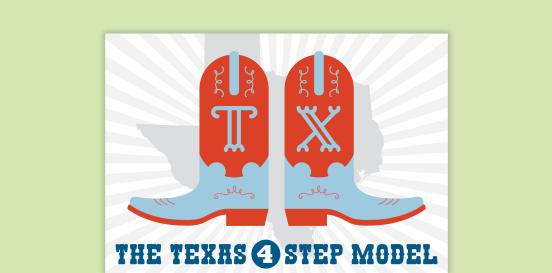Adapted Eating Utensils
Adapted eating utensils are specialized tools designed to assist individuals with disabilities or limited mobility in safely and effectively eating meals. These utensils are engineered with ergonomic handles, modified shapes, or other features to accommodate various needs, such as limited grip strength, hand tremors, or difficulty in coordination. They come in a variety of forms, including weighted utensils for stability, angled spoons and forks for easier scooping, and utensils with larger grips for better control. Adapted eating utensils aim to promote independence and dignity during mealtime for individuals facing physical challenges.
Considerations
Take the following considerations into account when selecting and implementing AT to ensure that the chosen tools are well-suited to the student’s needs, align with their goals, and seamlessly integrate into their educational journey. By embracing a collaborative approach and considering the specific skills, tasks, and implementation context, educators can provide students with the necessary support to thrive academically and functionally, promoting inclusivity and fostering their overall success.
Skills and Tasks What skills or tasks will the student utilize this tool for? What areas, functional or academic, does this tool support?
- Fine motor skills
- Hand-eye coordination
- Sensory processing
Implementation Context In what activities, classes, or environments will the student utilize this tool?
These utensils are tailored to accommodate various physical limitations or challenges that may affect a person's ability to grasp, manipulate, or use conventional utensils effectively. Here are some examples of adapted eating utensils:
- Angled utensils: These utensils have handles that are bent or angled to reduce the need for a strong wrist or hand grip. They can be easier to hold and manipulate for individuals with limited wrist mobility or strength.
- Built-up handles: Utensils with built-up handles have thicker grips, making them easier to hold for individuals with limited hand dexterity, weakness, or arthritis.
- Weighted utensils: These utensils have added weight to them, which can help individuals with tremors or shaky hands to stabilize their movements while eating.
- Non-slip grips: Utensils with textured or rubberized grips prevent slipping, providing better control for individuals with limited hand strength or coordination.
- Adaptive forks, spoons, and knives: These utensils may have modified designs, such as deeper spoons or forks with wider tines, to make it easier for individuals with mobility or coordination issues to scoop food or stab it securely.
- Self-stabilizing utensils: Some utensils are designed with features that prevent them from tipping over, such as curved or weighted bases, helping individuals with hand tremors or limited coordination to eat more easily.
- Universal cuff: A universal cuff is a strap or harness that attaches to the hand and holds utensils securely, allowing individuals with limited grip strength or control to use utensils more effectively.
- Adaptive plate guards: Plate guards are devices that attach to plates to prevent food from spilling off the edges, making it easier for individuals with limited mobility or coordination to scoop food onto utensils.
- Adaptive cups and straws: Cups with lids or spouts designed for easier drinking, and straws with special valves or features to prevent spills can assist individuals with various disabilities in consuming liquids independently.
- Electronic feeding devices: In some cases, electronic feeding devices, such as adapted utensils with motorized features, may be used to assist individuals with severe disabilities or limited upper body mobility in feeding themselves.








